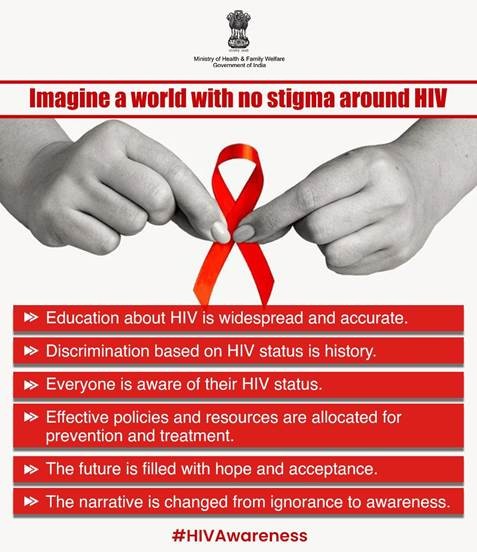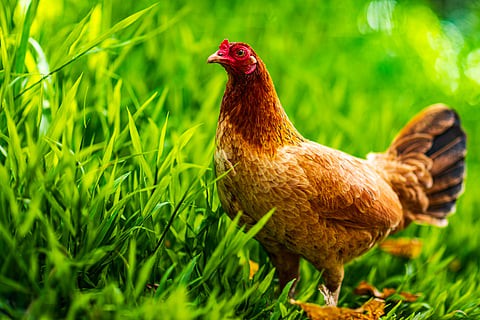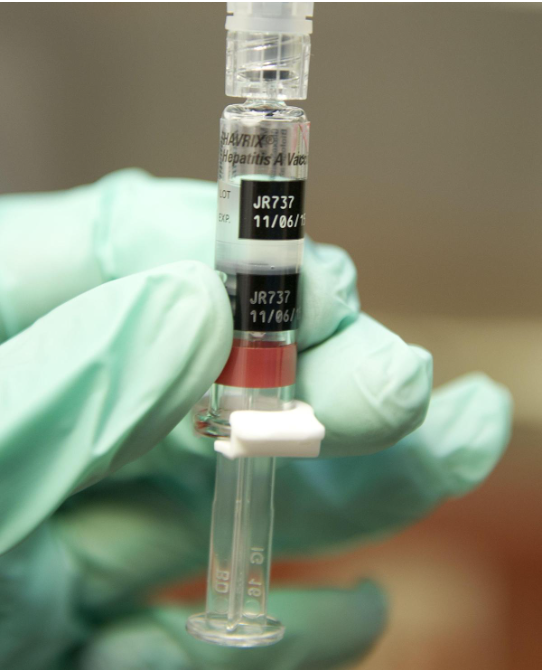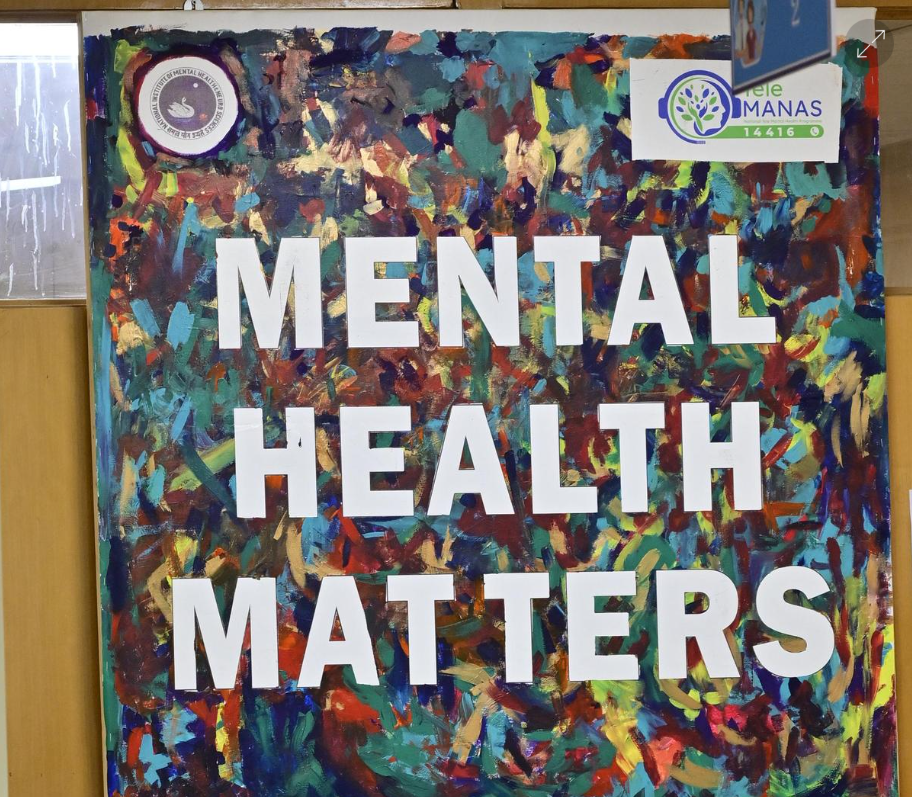Description
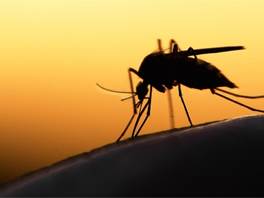
Disclaimer: Copyright infringement not intended.
Context
- WHO approval in October 2021 for RTS, S/AS01 (Mosquirix) developed by GlaxoSmithKline for immunizing children was a major milestone. It took more than 30 years and approximately $700 million for this breakthrough.
Malaria
- Malaria is caused by single-celled microorganisms of the Plasmodium group parasites.
- The disease is most commonly spread by an infected female Anopheles mosquito.
- The mosquito bite introduces the parasites from the mosquito's saliva into a person's blood.
- The parasites travel to the liver where they mature and reproduce.
- Five species of Plasmodium can infect and be spread by humans.
- Most deaths are caused by falciparum, whereas P. vivax, P. ovale, and P. malaria generally cause a milder form of malaria.
- The species knowlesi rarely causes disease in humans.
- Malaria is predominantly found in the tropical and subtropical areas of Africa, South America as well as Asia.
- Symptoms: Fever, tiredness, vomiting, and headaches. In severe cases, it can cause yellow skin, seizures, coma, or death.
- Malaria is preventable as well as curable.
- Vaccine: RTS, RTS, S vaccine.
Malaria kills nearly 600,000 people every year, the majority of whom are children under the age of five in sub-Saharan Africa.
The need to develop an effective vaccine against the disease has long been a top priority.
RTS, S/AS01 Malaria Vaccine
- Mosquirix is a vaccine that is given to children aged 6 weeks to 17 months to help protect against malaria caused by the parasite Plasmodium falciparum.
- The vaccine significantly reduces malaria and life-threatening severe malaria in children. If implemented broadly, the vaccine could save tens of thousands of lives each year.
- Mosquirix also helps protect against infection of the liver with the hepatitis B virus.
Note: However, RTS, S/AS01 fails to meet the WHO’s benchmark for a malaria vaccine efficacy of 75 percent set in 2015.
R21/Matrix M
- In September 2021, another malaria vaccine, R21/Matrix M, developed by the University of Oxford in the UK, demonstrated an efficacy of 77 percent in phase 1 and 2 trials. In early September 2022, this vaccine once again showed high efficacy of 80 percent maintained after two years.
- A more effective R21 is the first malaria vaccine to meet the WHO’s goal, set in 2015, of 75% efficacy.
- The vaccine, called R21, could be an effective weapon in the fight against malaria, which is one of the biggest killers of children globally.
Ways the vaccines work
- RTS, S, and R21 are similar in that they both contain the same part of a major protein that is found on the surface of the liver stage parasite, called sporozoite. Both also contain hepatitis B virus surface antigen (HBsAg), a protein that can self-assemble and that helps in the formation of virus-like particles of the CSP antigen fused with it.
- To boost immune responses, all protein-based recombinant vaccines rely heavily on a strong adjuvant.
- RTS, S is formulated with an adjuvant called AS01; R21 employs an adjuvant called Matrix-M developed. Matrix M contains saponin-plant-based material and stimulates both antibody and cellular immune responses to vaccines. Both adjuvants have shown high levels of efficacy and safety. Matrix-M has been used in a variety of vaccine formulations against influenza, and more recently in the Novovax Covid-19 vaccine.
- These vaccines can continue to be developed to achieve the ultimate goal of malaria eradication.
|
ALL ABOUT ADJUVANTS
An adjuvant is a substance that enhances the immune system’s response to the presence of an antigen. They are commonly used to improve the effectiveness of a vaccine. Generally, they are injected alongside an antigen to help the immune system generate antibodies that fight the antigen. [Note: An antigen is any foreign substance that causes our immune system to produce antibodies against it.]
The purpose of adding adjuvants into vaccines is to boost the immune system response. Aluminum, one of the most commonly used adjuvants, was first discovered to have adjuvant properties back in 1926. Since then, numerous vaccines, such as hepatitis A, hepatitis B, diphtheria-tetanus, Haemophilus influenza type b, and pneumococcal vaccines have been developed with the use of Aluminium adjuvants. Today, a number of different kinds of adjuvants have been discovered and successfully used to develop new vaccines.
When adjuvants are added to a vaccine they activate antigen-presenting cells to signal to the immune system’s T cells that foreign substances have infiltrated.
To do this adjuvant boosts the activation of antigen-presenting cells -these are cells of the immune system that encompass foreign substances and break them up, presenting the resulting particles to the immune system’s T cells. This activates the T cells, which has the impact of activating the antibody-producing B cells.
Note: T Cells act as “killer cells”, attacking cells that have been infected with a virus or another kind of pathogen, or they can act as “helper cells” by supporting B cells to produce antibodies.
|
India’s efforts in tackling Malaria
- According to The World Malaria Report (WMR) 2020 India is the only high endemic country, which has reported a decline of 17.6% in 2019 as compared to 2018.
- India has made remarkable progress in recent years in reducing malaria incidence.
- In May 2015, the World Health Assembly endorsed the Global Technical Strategy (GTS) for Malaria Elimination 2016-2030, which lays down clear global goals, milestones, and targets till 2030.
- In line with the GTS, the Government of India launched the National Framework for Malaria Elimination 2016-2030 in February 2016 and the National Strategic Plan for Malaria Elimination 2017-2022in July 2017 with WHO support.
- India has a vision of a malaria-free country by 2027and elimination by 2030.
- The WHO has also identified 25 countries with the potential to eradicate malaria by 2025 under its ‘E-2025 Initiative’.
Malaria Free Status
- Countries that have achieved at least three consecutive years of zero indigenous cases can apply for WHO certification of their malaria-free status.
Malaria Free Countries
- China is the first country in the WHO Western Pacific Region to be awarded a malaria-free certification in more than 3 decades.
- Globally, 40 countries and territories have been granted a malaria-free certification from WHO.
- Recent Declarations: El Salvador (2021), Algeria (2019), Argentina (2019), Paraguay (2018), and Uzbekistan (2018).
China’s Malaria Elimination Strategy in brief
1-3-7 Strategy: The strategy refers to:
- A one-day deadline to report a malaria diagnosis,
- Confirming a case and determining the spread by the third day, and
- Measures taken to stop the spread by the seventh day, along with continued surveillance in high-risk areas.

Road Ahead for India
- A major gap is in the establishment of safe and scientifically robust control human infection models in India for diseases like malaria or influenza. All malaria vaccines under development need to be tested in the safe and scientifically robust Controlled Human Malaria Infection (CHMI) model after completing phase 1 safety studies. This has been established in many countries in Europe, the UK, Colombia, and Thailand.
- But further development of these vaccines has been a challenge in the absence of the CHMI model in India.
|
Controlled Human Malaria Infection (CHMI)
Controlled human malaria infection (CHMI) entails deliberate infection with malaria parasites either by mosquito bite or by direct injection of sporozoites or parasitized erythrocytes. When required, the resulting blood-stage infection is curtailed by the administration of antimalarial drugs.
|
- Scientific, long-term continuous funding, regulatory and logistic processes need to be better coordinated to assist scientists in the development of novel vaccines against infectious diseases.
- With a highly successful and deeply committed vaccine-producing biopharma industry and a strong scientific base, India should be able to lead the world in developing and producing vaccines.
Read: https://www.iasgyan.in/blogs/types-of-vaccines
https://indianexpress.com/article/explained/explained-health/new-hope-for-malaria-vaccine-the-science-challenges-opportunity-8253600/







